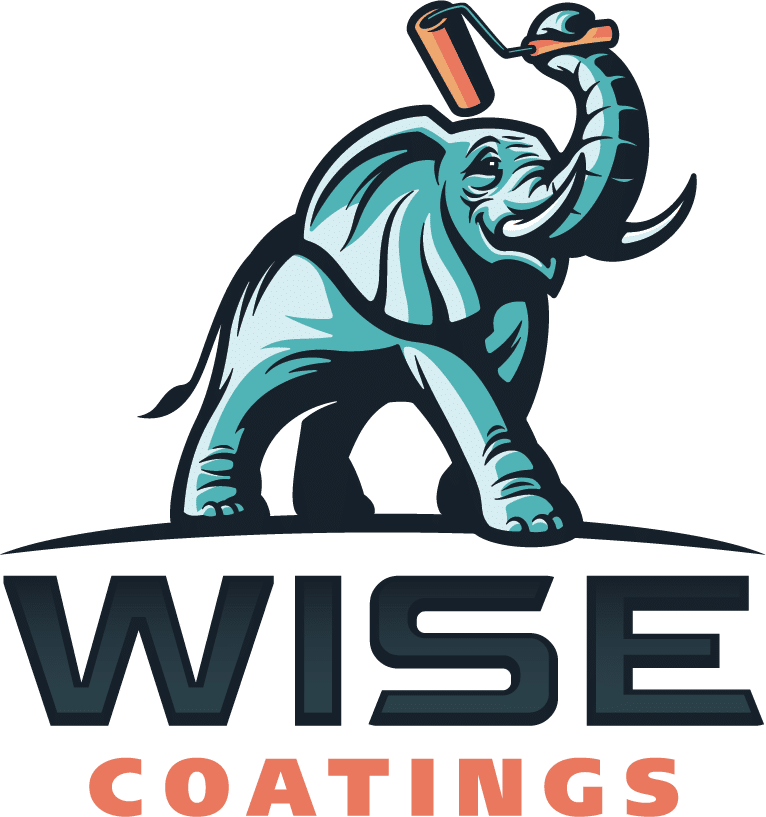The Benefits of Garage Floor Epoxy
Garage floor epoxy is a durable and attractive solution for your concrete flooring. However, it must be applied by a professional to maximize its benefits.
The first step is preparing the surface. This includes sweeping, vacuuming, and degreasing the concrete.
Next is applying the color coat. This is followed by optional colored flakes. Finally, a clear topcoat is added for durability. See more.
Durability
A quality epoxy floor is extremely durable. It resists chemicals, chipping, scratching, and impact damage. It’s tough enough to hold up to heavy equipment like metal-wheeled tool boxes, floor jacks, and even free weights (if you use your garage as a home gym). Epoxy is also resistant to abrasion from the frequent movement of cars, trucks, and other vehicles over the surface.
It’s also impervious to oil and petrol spills and splashes. It’s a great option for areas exposed to rain and snow because the water cannot penetrate the surface and cause mold and mildew.
Most epoxy systems require 5 days of staying out of your garage while they cure. Polyaspartic, on the other hand, is a fast-curing one-day system that you can drive on the same day it’s applied. It’s also much more affordable than other flooring options. It can transform the look of your garage and may even add to its value if you ever decide to sell your house.
Moisture Resistant
Moisture is a primary cause of garage floor damage in most cases. Excessive moisture can destroy concrete floors, even when the concrete is poured properly. Professionals use advanced tools like hygrometers to check for excessive moisture. They also ensure the concrete is completely dry before applying the epoxy.
Epoxy coatings are highly resistant to stains and chemicals. They prevent the growth of mold and mildew which create unpleasant odors, as well as health problems from breathing in the toxic spores. They’re also tough against abrasion from metal-wheeled toolboxes, floor jacks, and jack stands. Epoxy flooring is impact-resistant, too.
In addition, epoxy is impervious to oil and gasoline spills. Spills and splatters are easily cleaned up with soap and water. If a slip hazard is an issue, anti-slip additives can be added to the top coat. A one-day polyaspartic polyaspartic system is a good option. It’s quick to apply and dry, reducing slipping hazards for workers and vehicles alike.
Easy to Clean
A major benefit of epoxy flooring is how easy it is to clean. The seamless surface of the floor means there are no crevices for dirt to hide in. Vacuuming the floor weekly and wiping it down with a soft-bristled broom or mop will remove most dust, debris, and spills. If there are stains, a cleaning solution made of warm water and a kitchen scrubbing sponge or deck brush will usually do the trick.
Spills of antifreeze, oil, paint, or other chemicals should be cleaned up immediately as they can damage the floor coating if left to sit. We recommend using a degreaser spray such as Simple Green which does not contain any citrus or acidic solutions that could discolor the epoxy coating. We also recommend putting down mats at the entrance doors, and weld areas and moving heavy equipment around on the floor to avoid scratching the epoxy flooring. A wax can be used to help add additional protection and durability to the floor as well.
Low Maintenance
A garage floor epoxy that is properly maintained will look great for years to come. It is also a great way to increase your home’s value.
Epoxy coatings are amazingly durable and easy to clean. They are highly stain-resistant and chemically resistant as well, making them ideal for a busy working area. They can easily handle engine oil, antifreeze, gasoline, and other caustic chemicals and solvents.
The best way to keep your epoxy floors looking good is to prevent dirt and grime from settling into the coating. Regularly sweeping and mopping is the key. It is recommended that you avoid using soap-based cleaners on the epoxy coating. These can cause a dulling of the gloss and can actually create a slippery surface when it is wet.
Unlike paint, which requires extensive prep work to be applied, an epoxy coating system can be installed on new or existing concrete. During this preparation process, the concrete is either shot-blasted or acid-washed in order to rough up the concrete and provide an optimal surface for the coating to bond with. Next blog post.


